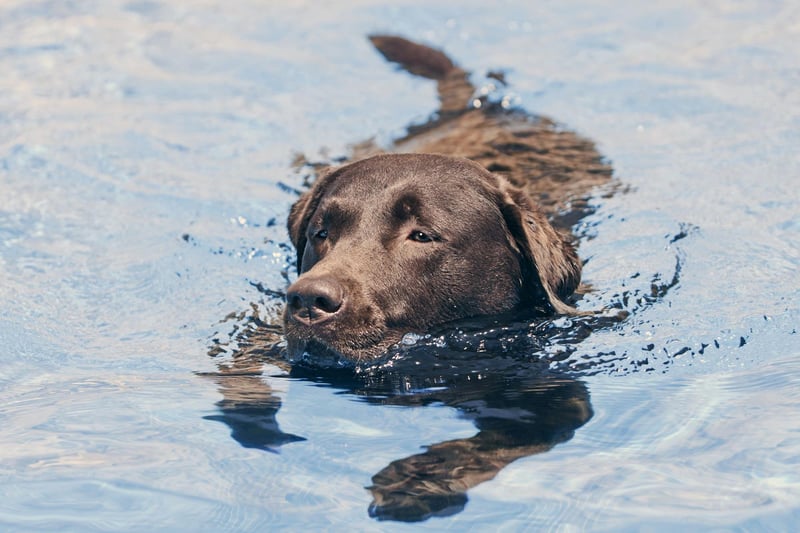If you’ve been thinking about getting a new dog then you’re not alone – Kennel Club figures show that the number of people looking for puppies has surged to record levels in the last few years.
But with 221 different breeds of pedigree dog to choose from, there’s plenty of thinking to do before you select your family’s latest four-legged addition – Those with active lifestyles might want to consider a larger dog, while somebody with allergies will be looking for a hypoallergenic dog.
There’s even academic guidance to seek out, with Psychologist Stanley Coren’s book ‘The Intelligence of Dogs’ ranking breeds by instincts, obedience, and the ability to adapt.
One dog that often appears at the top of people’s canine wishlists is the Labrador Retriever – they were the UK’s most popular pet in 2020 and have a range of positive attributes that make them a great family pet.
Here are 10 fun and interesting facts about the breed.
Read more:

1. A record breaker
The average Labrador Retriever lives for 10-12 years, but some dogs have lived much longer. The oldest Lab on record was called Adjutant, who died in the UK on August 14, 1936, at the age of 27 years and 98 days. Only four dogs have ever lived longer. Photo: Canva/Getty Images

2. A very good boy
Labradors are highly-intelligent, a trait exemplified by a service dog called Endal who found fame in the UK in the 2000s. Endal was able to respond to over 100 instructions and could carry out a large number of tasks for his owner - including picking items from supermarket shelves, operating buttons and switches, loading and emptying a washing machine, and withdrawing cash from an autoteller. Photo: Canva/Getty Images

3. Not such a good boy
A black Labrador called Pep served 10 years in jail in the US state of Pennsylvania after killing a cat belonging to Governor Gifford Pinchot’s wife. Photo: Canva/Getty Images

4. The first Labrador
The first Labrador Retriever was born in the UK at some point in the 1830s when St John's Water Dogs arrived in Britain on trading ships sailing between Canada and the port of Poole. Several members of the nobility, including the Earl of Malmesbury, the Duke of Buccleuch, and the Earl of Home bred them with hunting dogs to create the new breed. Photo: Canva/Getty Images

